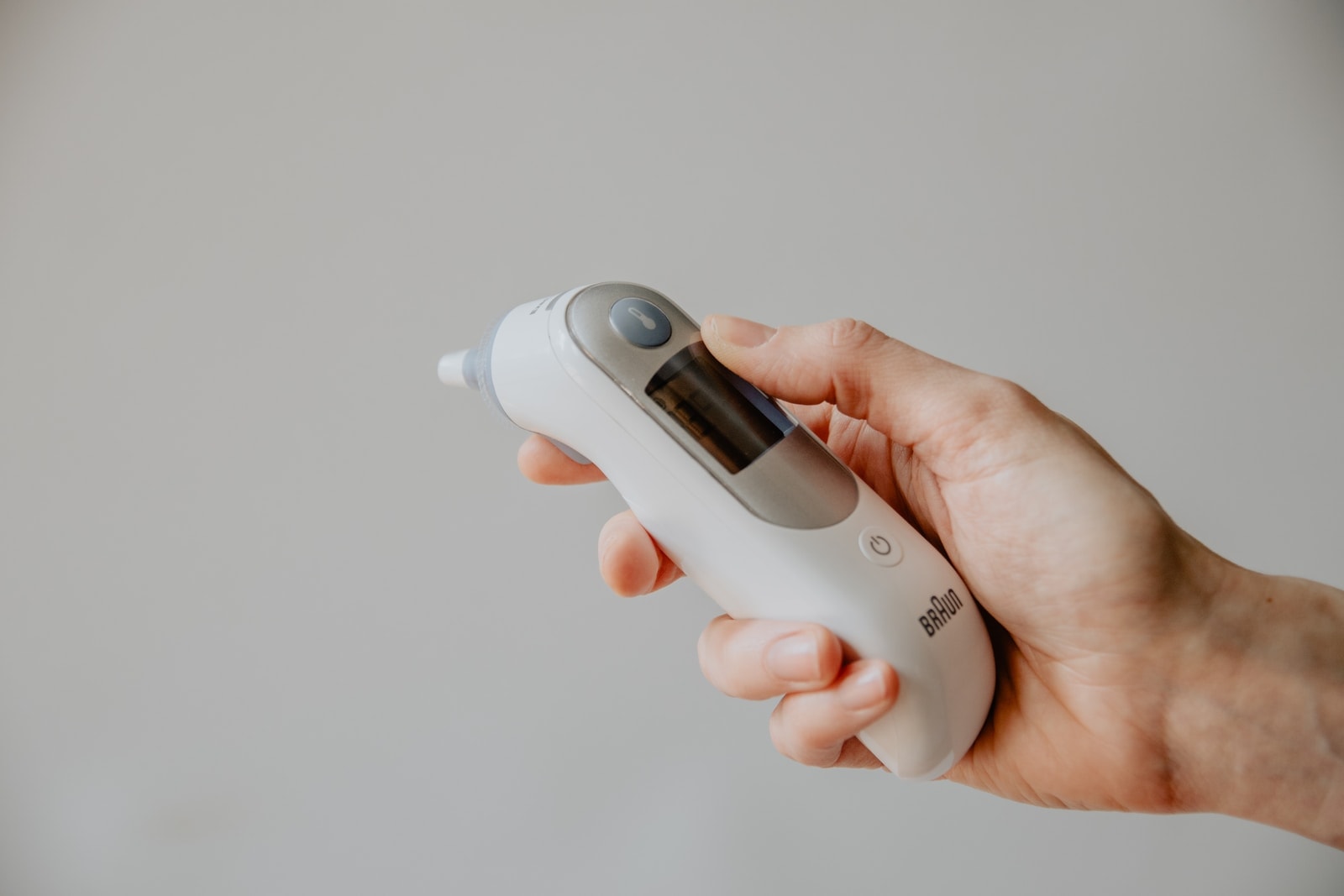As a contractor, you’re likely aware that the people you have working with you are among your greatest assets, as with less manpower, you won’t be able to get projects done as quickly and ensure you meet deadlines. You’re also probably aware that contract work is among the most dangerous things a person can do.
Whether injuries on-site result from negligence on the workers’ part, a failure to follow guidelines on the part of the overseer, an equipment defect, or even just an act of God, injuries are commonplace in the construction and contract work industries. It comes with the territory of working in potentially dangerous environments with heavy machinery: falling detritus, unstable handholds, and defective equipment can all result in serious injury for any of your workers, putting them in the hospital at a moment’s notice. Making things even more difficult, the challenge of keeping employees safe on-site has been further complicated by the COVID-19 pandemic.
Fortunately, you can take steps to make sure that your worksite is a safe place for everyone to get together. Read on to find out how you can keep everyone on-site safe, happy, and healthy.
Stay Up-to-Date on Guidelines
State and federal guidelines for contract work are almost constantly changing, with organizations like the Occupational Safety and Health Administration (or OSHA) implementing new regulations to deal with all manner of hazards. One of the best things you can do as a contractor is stay up-to-date on all of them.
In order to obtain your license, you probably had to take hybridized online and in-person classes to learn everything you needed to begin working. If you want to stay informed on all of the changes that legislators are making to ensure your worksite is as safe as possible for your employees, you can enroll in continuing education classes, usually a hybrid of in-person and online schooling.
Most states will require you to do this anyway to keep your license, as continuing education is one way that they can make sure all licensed contractors are acting within the bounds of the law: if yours doesn’t, however, you can and should still take them to ensure your workplace is as safe as possible.
Keep the Site COVID-Safe
It’s about two years or so into the pandemic, and most of your employees should know the drill by now. Still, require masks to be worn indoors, leaving employees with the option to discard them outdoors if they want, and encourage them to stay a certain distance apart if they choose not to wear one. Mandate that your employees get vaccinated and the relevant booster shots before they come back to work, giving them the best possible chance of being immunized against the virus. While some may not like these kinds of measures, they are your best chance to make sure that COVID doesn’t eat through your crew in a manner of days, leaving you with nobody to fulfill your contract.

Detect Defective Equipment
If one of your employees notices that one of the tools or machines your people are using is acting strangely, not completing its function, and behaving erratically, train your employees to let you know immediately. Malfunctions are like a box of chocolates: you never know what you’re going to get, and while it could be something benign, your equipment could also malfunction in a life-threatening manner.
Also, train your employees not to modify your equipment, remove safety guards or customize them, as these measures tend to increase the chances of machines behaving unpredictably.
Keeping an Eye Out for Falling Issues
Falling is the most common source of injury for construction workers and contract workers alike. As such, you should keep an eye out for potential hazards that might lead to workers falling from great heights, including unstable handholds or scaffolding, scaffolding that isn’t labeled with the appropriate safety warnings, and improper ladder mounting and dismounting techniques. Watching for these common causes of falling will increase your chances of your workers avoiding the issue altogether.

While nothing you do can eliminate the danger associated with the construction and contract work industries altogether, you can do your part to make sure your workers feel safe on-site. Taking action against coronavirus, falling, and defective equipment, as well as keeping yourself informed of all new regulations, are all great ways to make sure your site is as safe as can be.
